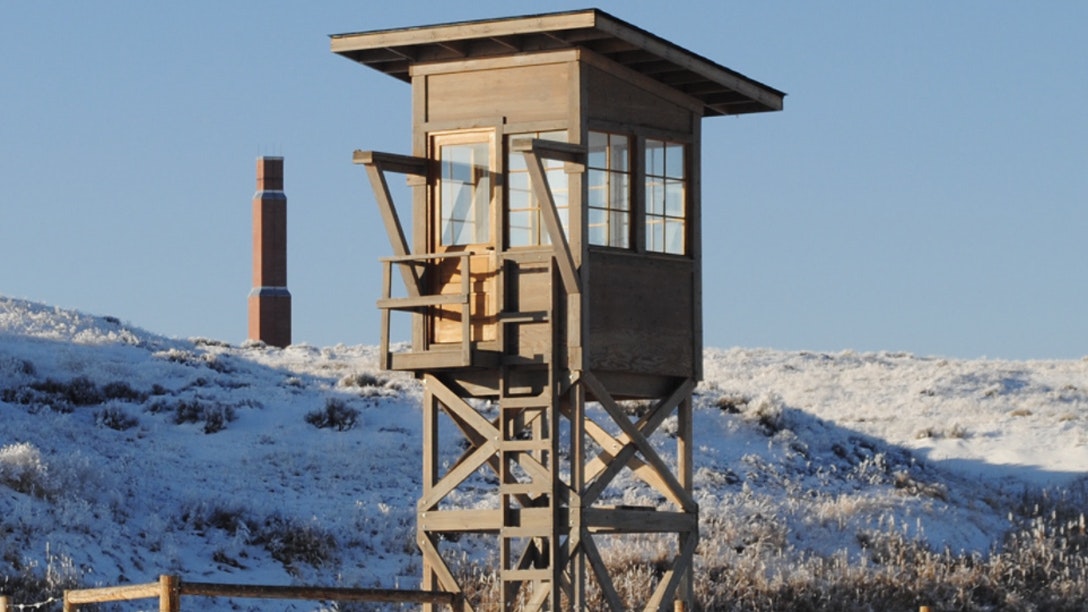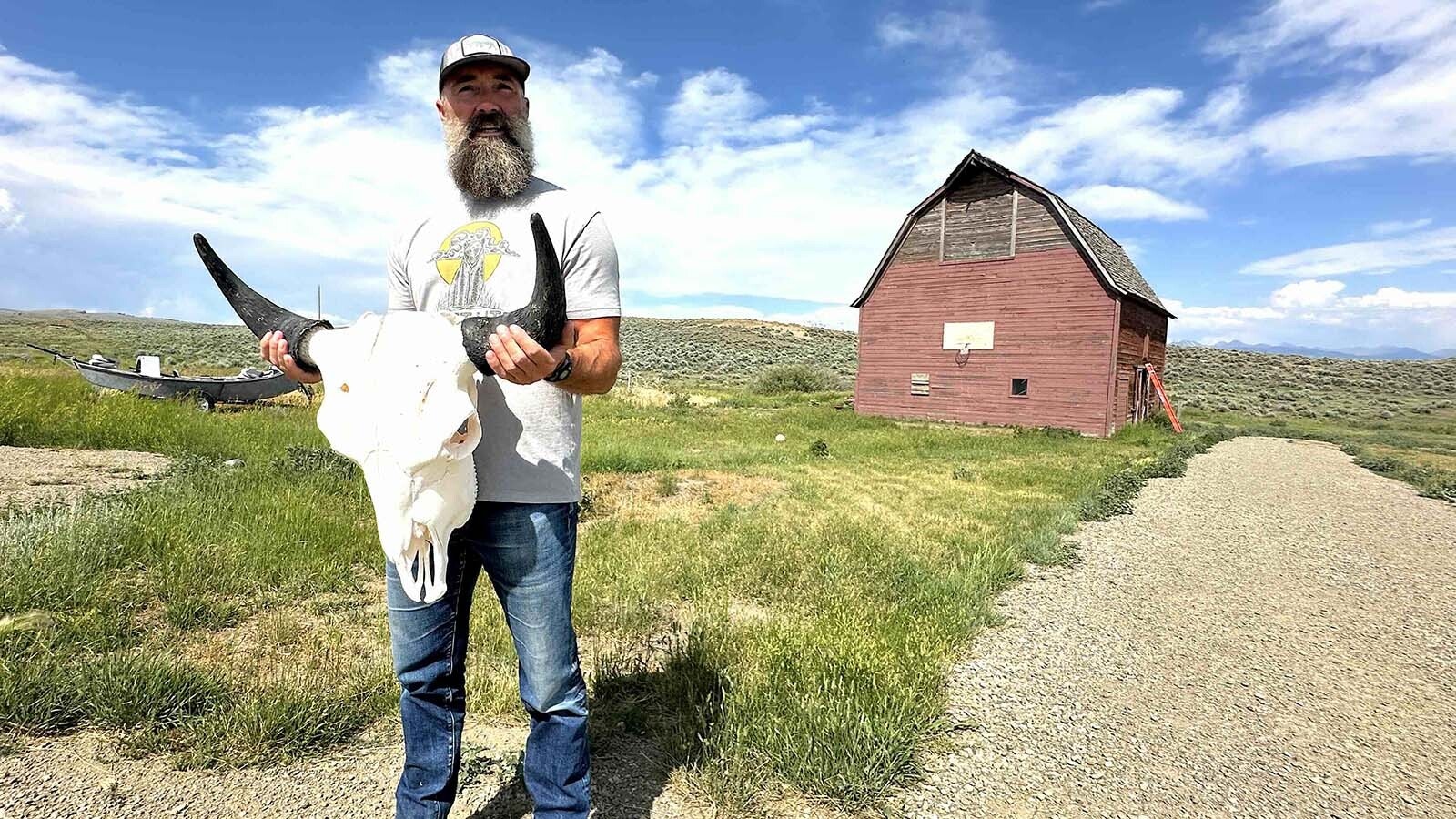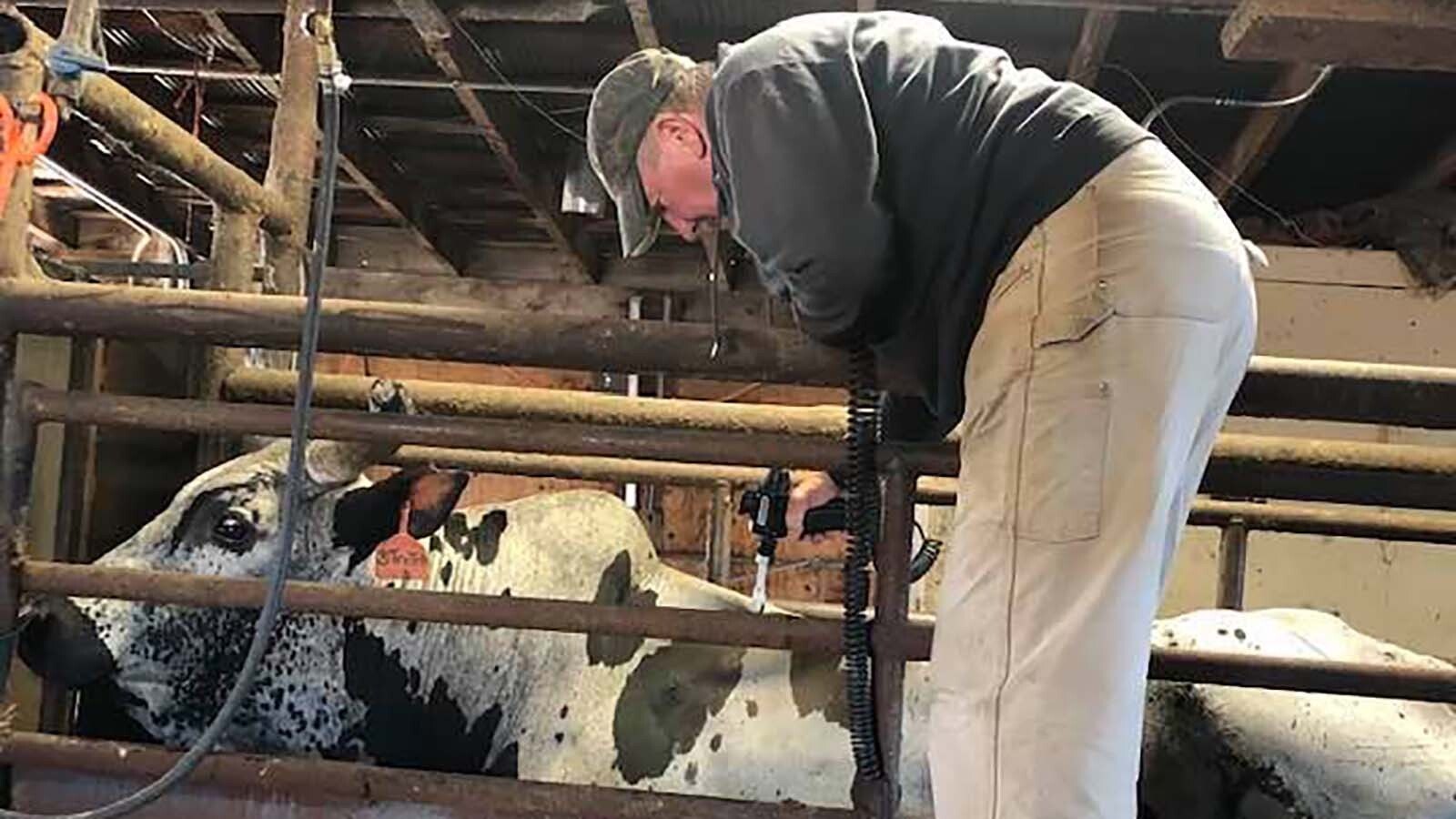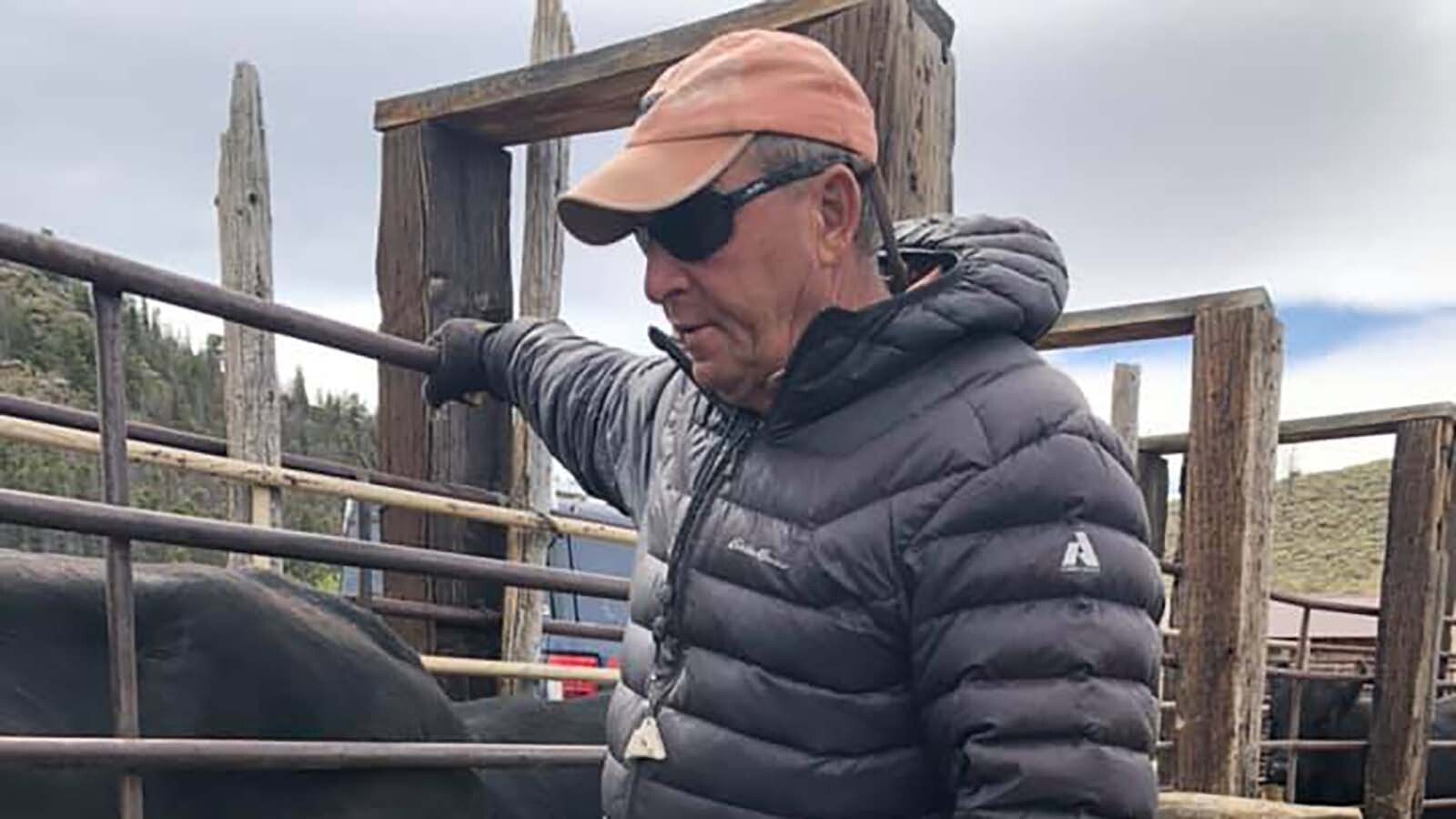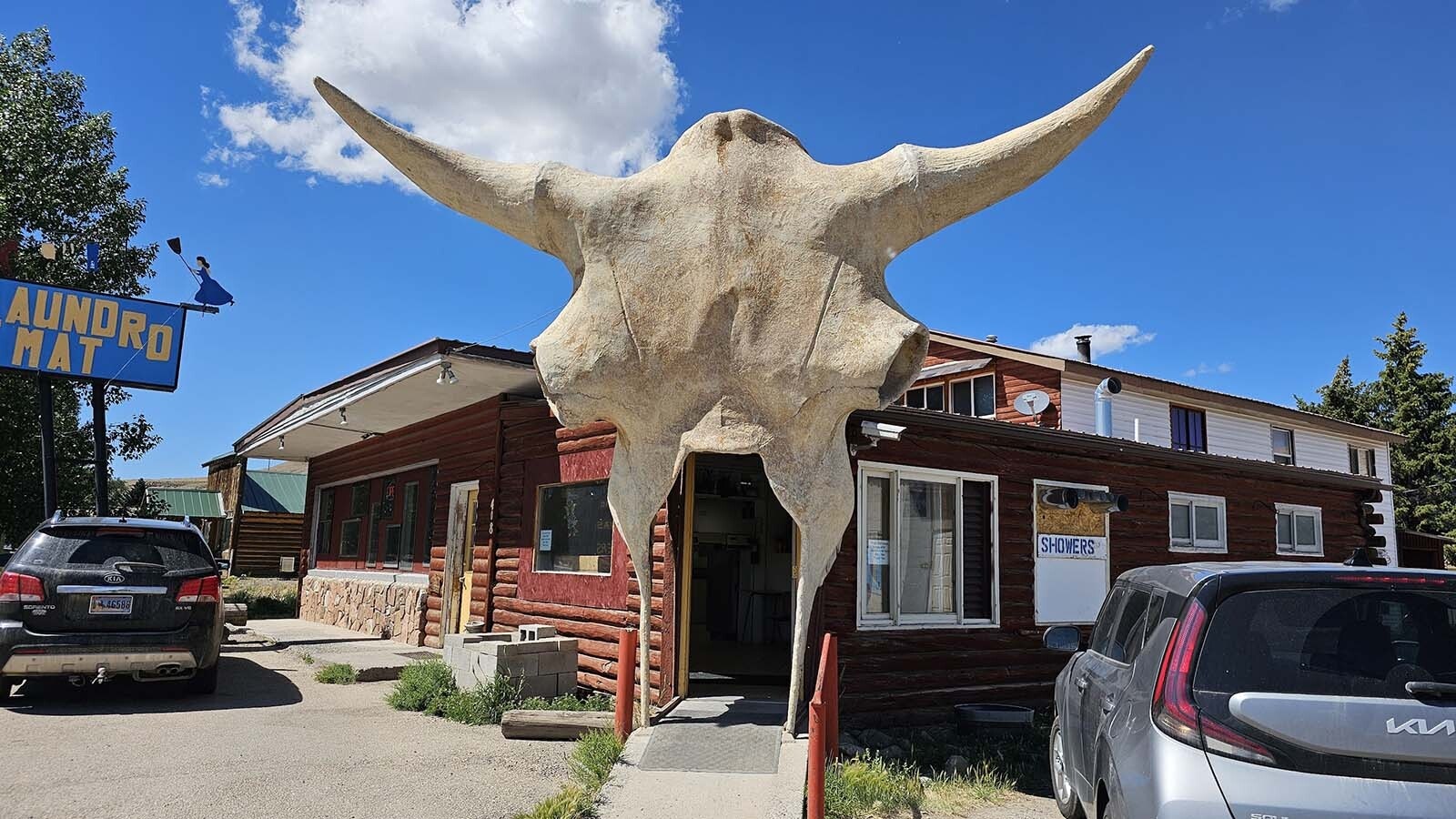A dark era of Wyoming’s history is being brought into the light through the lens of a new documentary filmed by a former Cheyenne resident.
The documentary “Beyond Heart Mountain” focuses on the lives of Japanese-Americans in Wyoming during — and after — World War II, and how their families were affected by the incarceration of thousands at the Heart Mountain Japanese Internment camp between Cody and Powell.
Alan O’Hashi is a former Lander and Cheyenne resident who now lives in Boulder, Colorado.
His documentary and book of the same title tell the story of Japanese Americans who lived and worked in downtown Cheyenne beginning in the 1920s.
“It’s basically about my lifetime,” O’Hashi told Cowboy State Daily. “My lifetime in Wyoming, which was from when I was born until 1993 or so.”
O’Hashi, who primarily worked in local government while in Wyoming, has always been a storyteller. He has written professionally for the Wyoming State Journal, created screenplays such as “Stardust” (which won an award in the 2005 Denver Screenwriting Center contest), and has produced films such as “Mahjong and the West,” which premiered in October 2014 and is now available on Netflix.
When a commercial construction project in downtown Cheyenne required historical fact-checking, O’Hashi realized there was a story there that needed to be told.
“A high school classmate of mine and his brother have some property in downtown Cheyenne,” he said, explaining that the two were considering tearing down a historic building to create a housing project. “And one of the properties was the last building that was standing in the former Japanese neighborhood in Cheyenne, which was two blocks or three blocks in West Cheyenne.”
The project was controversial, according to O’Hashi, because of its historical significance.
“The Historic Preservation board of Cheyenne had to make a decision on whether or not they had to leave it or if they could tear it down,” he said. “And so the decision was that they could tear down the building, but they had to do a history of the area. And so just because of my anecdotal knowledge and experience in that two-block area, I said I’d help him with that survey. And so then that evolved into this other story.”
O’Hashi’s documentary begins with a short description of the neighborhood’s fate.
“The two-block area declined in part due to racial injustice towards the Japanese during and following World War II,” O’Hashi’s documentary said. “The community was finally dispersed by the 1970s. Since then, the neighborhood has been very quiet.”
Many Wyomingites may know about the history of Japanese Americans during and after World War II, thanks to the efforts of those who run the Heart Mountain Interpretive Learning Center on the site of the former internment camp. The Center’s mission is to preserve the stories of the families who were incarcerated there for four years during World War II.
But O’Hashi’s book and documentary focus on the lives of Japanese-American families in Cheyenne following the end of World War II, after the Heart Mountain Internment Camp was shut down.
“This story is a personal and cultural survey of the once-vibrant 400 and 500 blocks of West 17th Street in downtown Cheyenne,” O’Hashi said in the documentary.
He interviewed four of his childhood acquaintances for the film about the racial discrimination they encountered after the war and in the years following.
Despite those negative experiences, those who lived in the neighborhood had fond memories from that era.
“I remember times when we would go (to the City Cafe), I think it was probably the Okomoto boys, and Ted Miyamoto’s kids,” Brian Matsuyama recalled.
“We always went there on Friday nights to watch the old Japanese movies,” said Terie Miyamoto, ”and all the kids and the women would sit in the restaurants and watch the movies.”
The documentary recalls the discrimination that these families experienced, drawing some similarities to today’s experiences with other Asian-Americans.
O’Hashi also goes into some detail about the other internment camps around the country (there were 10, spread from California to Arkansas), and describes the efforts to right the wrongs against these Japanese American families.
Politicians including U.S. Sen. Al Simpson of Wyoming and former U.S. Secretary of Transporation Norman Mineta, were childhood friends because of the time Mineta’s family spent at the Heart Mountain Camp.
Together, Simpson and Mineta promoted the passage of the Civil Liberties Act of 1988, which stated that a “grave injustice” had been done to Japanese American citizens and resident aliens during World War II.
It also established a fund that made financial reparations to formerly interned Japanese Americans and their heirs.
For O’Hashi, the project allowed him to tell the stories of the people he knew as a child.
“It’s about growing an awareness about post-World War II experiences, even in Wyoming,” he said.
O’Hashi’s book is set to be released by Winter Goose Publishing in bookstores and online sometime this month – but the documentary version of “Beyond Heart Mountain” was broadcast on Wyoming PBS in December.
“Within maybe four days, there were 5,000 views,” O’Hashi said.
The documentary is available to view on PBS Passport.

